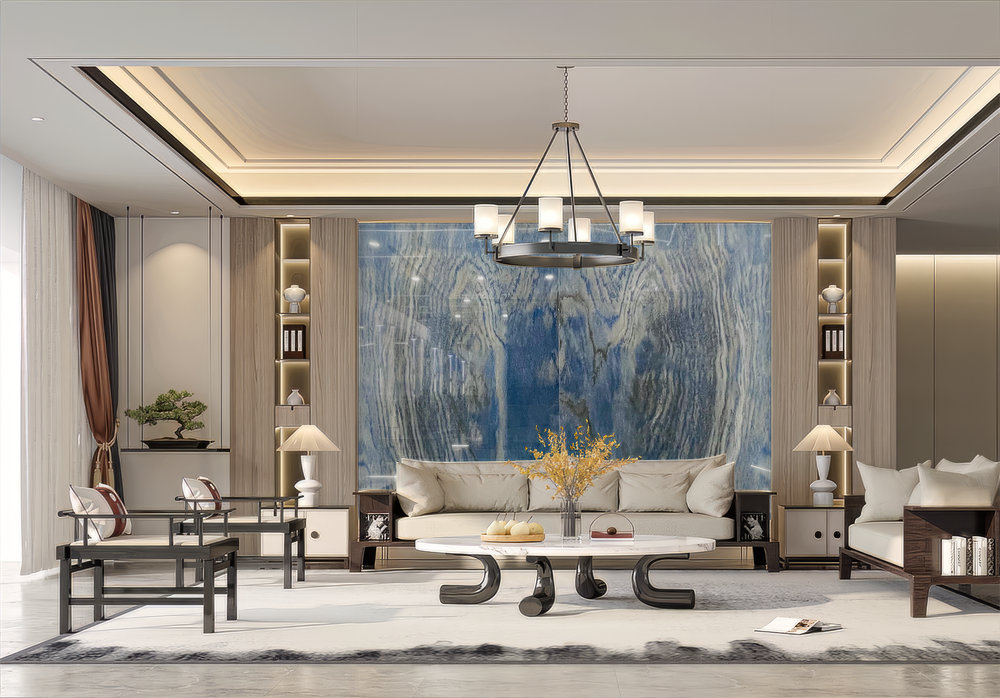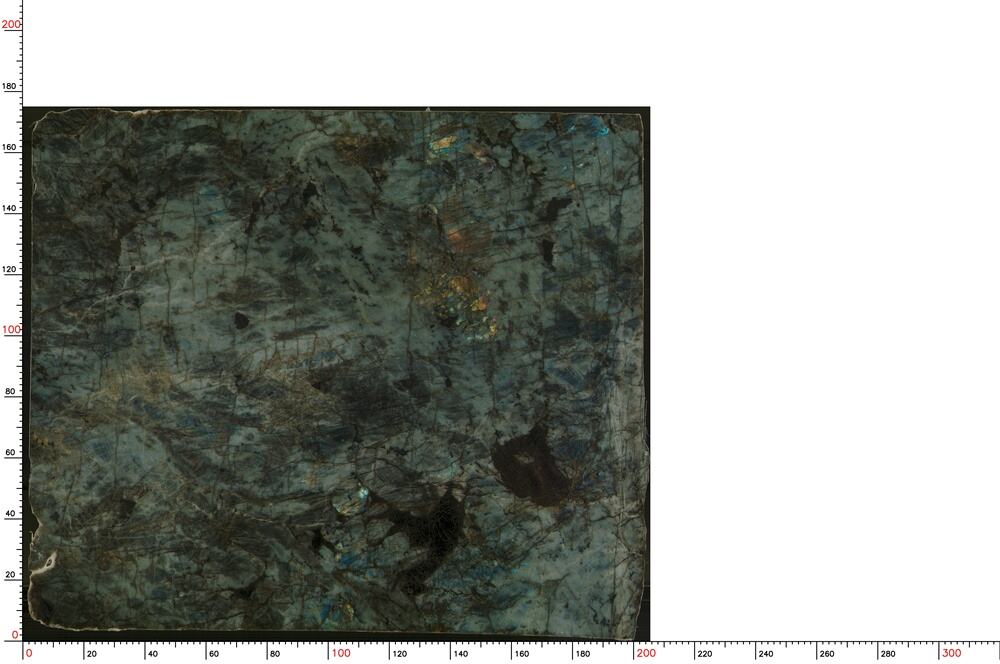Elevate Your Home with Luxury Quartzite: A Guide to High-Quality Materials
Luxury quartzite has become a symbol of refined living, gracing the most elegant homes with its natural beauty and unmatched durability. Unlike ordinary stones, luxury quartzite stands out for its unique patterns, rich colors, and ability to transform any space into a sophisticated retreat. Whether you’re renovating a kitchen, upgrading a bathroom, or designing a statement wall, this natural stone offers a blend of luxury and practicality that few materials can match. This guide explores what makes luxury quartzite special, how to incorporate it into your home, and why it’s a worthy investment for high-end interiors.
What Makes Luxury Quartzite a Premium Choice?
Luxury quartzite is more than just a type of natural stone—it’s a result of millions of years of geological transformation. Formed when sandstone is subjected to extreme heat and pressure deep within the Earth, it crystallizes into a dense, hard material with a glass-like luster. What sets luxury quartzite apart from standard stone is its exceptional quality:
- Unique Aesthetics: Each slab of luxury quartzite features one-of-a-kind patterns, from sweeping veils of gold and gray to bold bursts of blue or green. These natural designs can’t be replicated by man-made materials, making every installation truly exclusive.
- Superior Durability: With a Mohs hardness rating of 7 (on a scale of 1–10), luxury quartzite is second only to diamonds in hardness. It resists scratches, heat, and stains (when properly sealed), making it ideal for high-traffic areas like kitchens.
- Timeless Appeal: Unlike trendy materials that go out of style, luxury quartzite has a classic look that evolves gracefully over time. Its natural patina only enhances its beauty, ensuring it remains a focal point for decades.
For homeowners who want both luxury and longevity, luxury quartzite is an obvious choice. It bridges the gap between the soft elegance of marble and the rugged strength of granite, offering the best of both worlds.
Where to Use Luxury Quartzite in Your Home
Luxury quartzite’s versatility makes it suitable for nearly any room, adding a touch of opulence to both functional and decorative spaces. Here are the most popular uses:
Kitchen Countertops
The kitchen is often the heart of the home, and luxury quartzite countertops instantly elevate its design. A slab with creamy whites and gold veins (like Calacatta Quartzite) pairs stunningly with white cabinetry and brass hardware, creating a bright, airy feel. For a bolder look, try a deep gray quartzite with dramatic white veining—ideal for contrasting with dark wood cabinets. Its heat resistance means you can place hot pots directly on the surface (though using a trivet is still recommended), and its density prevents stains from coffee, wine, or oil (with regular sealing).
Bathroom Vanities and Showers
In bathrooms, luxury quartzite brings spa-like sophistication. A vanity topped with a light pink or beige quartzite (such as Rosa Aurora) adds warmth to a white-tiled bathroom, while a dark gray slab (like Phantom Quartzite) creates a sleek, modern vibe. For showers, polished luxury quartzite walls and floors resist water damage and mold, making them both beautiful and practical. The stone’s natural texture provides grip, reducing slips in wet areas.
Fireplace Surrounds
A luxury quartzite fireplace surround becomes the focal point of a living room. Imagine a towering surround made of Azul Macaubas, a striking blue quartzite with white veining, paired with neutral furniture—it instantly adds drama and depth. The stone’s heat resistance ensures it holds up to years of use, while its unique pattern draws the eye and sparks conversation.
Accent Walls and Flooring
For a truly luxurious touch, use luxury quartzite as an accent wall in a dining room or bedroom. Large-format slabs create a seamless look, while smaller tiles can form intricate patterns. As flooring, honed or leathered luxury quartzite adds texture and elegance, working well in entryways or hallways. Its durability means it stands up to foot traffic, and its natural colors hide dust and scuffs better than lighter materials.

How to Identify High-Quality Luxury Quartzite
Not all quartzite is created equal. To ensure you’re investing in genuine luxury quartzite, look for these key signs:
- Consistent Color and Pattern: High-quality slabs have even coloring with no abrupt, jarring shifts. Veins should flow naturally across the surface, creating a cohesive design. Avoid slabs with blotchy patches or uneven veining, which may indicate lower quality.
- Density and Hardness: Test the stone’s hardness by gently pressing a metal key against an inconspicuous area—luxury quartzite should resist scratching. It should also feel heavy for its size, a sign of density.
- Origin: Some of the world’s finest luxury quartzite comes from Brazil, India, and Madagascar. Slabs from these regions are often mined with strict quality controls, ensuring minimal flaws. Ask your supplier about the stone’s origin and request a certificate of authenticity.
- Finish Quality: A polished luxury quartzite should have a mirror-like shine with no dull spots. Honed or leathered finishes should feel smooth and even, with no rough edges or uneven texture.
Always inspect slabs in person before purchasing. Photos can’t capture the depth and variation of luxury quartzite, and seeing the full slab helps you avoid surprises during installation.
Design Tips for Styling with Luxury Quartzite
Luxury quartzite is a statement material, so styling it requires balance. Here are some tips to make the most of its beauty:
- Keep It Simple: Let the stone be the star by pairing it with neutral colors. White, beige, or gray walls and cabinets allow the quartzite’s patterns to shine without clashing.
- Mix Metals Wisely: Brass and gold hardware complement warm-toned quartzite (beige, cream, pink), while chrome or black metal works best with cool-toned slabs (gray, blue, green).
- Layer Textures: Balance the stone’s smoothness with textured elements, like a wool rug, linen curtains, or a wooden dining table. This adds depth and prevents the space from feeling too “cold.”
- Use Lighting to Enhance: Under-cabinet lighting in kitchens or wall sconces near a quartzite fireplace highlights the stone’s veining and luster, making it glow even in low light.
For a cohesive look, carry the same luxury quartzite through multiple spaces—for example, using the same slab for kitchen countertops and the bathroom vanity creates a sense of flow.
Caring for Luxury Quartzite: Maintenance Made Simple
Despite its durability, luxury quartzite requires minimal care to stay beautiful:
- Seal Regularly: Apply a high-quality stone sealer every 6–12 months (more often in wet areas like bathrooms). This prevents liquids from seeping into pores and causing stains. To check if sealing is needed, drop a small amount of water on the surface—if it beads up, the seal is still good; if it soaks in, it’s time to reseal.
- Clean Gently: Wipe up spills immediately with a soft cloth and warm, soapy water. Avoid acidic cleaners (vinegar, lemon juice) or abrasive sponges, which can etch or scratch the surface. For tough stains, use a stone-specific cleaner.
- Protect from Impact: While luxury quartzite is hard, it can chip if hit with heavy objects (like a cast-iron pan). Use cutting boards for chopping and trivets under hot dishes to prevent damage.
- Avoid Harsh Chemicals: Bleach, ammonia, and oven cleaners can dull the stone’s finish. Stick to mild, pH-neutral cleaners designed for natural stone.
FAQ
Is luxury quartzite more expensive than marble or granite?
Yes, luxury quartzite is typically pricier than marble or granite due to its rarity, unique patterns, and superior durability. Prices range from $100–$300 per square foot, depending on quality and origin.
Can luxury quartzite be used outdoors?
Yes, but only in covered areas (like patios or outdoor kitchens). Exposure to rain, snow, and extreme temperatures can damage the stone over time, even with sealing.
How does luxury quartzite differ from quartz?
Luxury quartzite is 100% natural, while quartz is man-made (a mix of stone chips and resin). Quartzite has unique patterns and is more heat-resistant, while quartz is more uniform and requires less maintenance.
Does luxury quartzite fade in sunlight?
No, its natural colors are stable and won’t fade from sunlight, making it safe for rooms with large windows or glass doors.
How long does luxury quartzite last?
With proper care, luxury quartzite can last a lifetime. It’s one of the most durable natural stones, making it a long-term investment for your home.

